The classification of arterial hypertension is a system used to assess the severity and development of arterial hypertension.
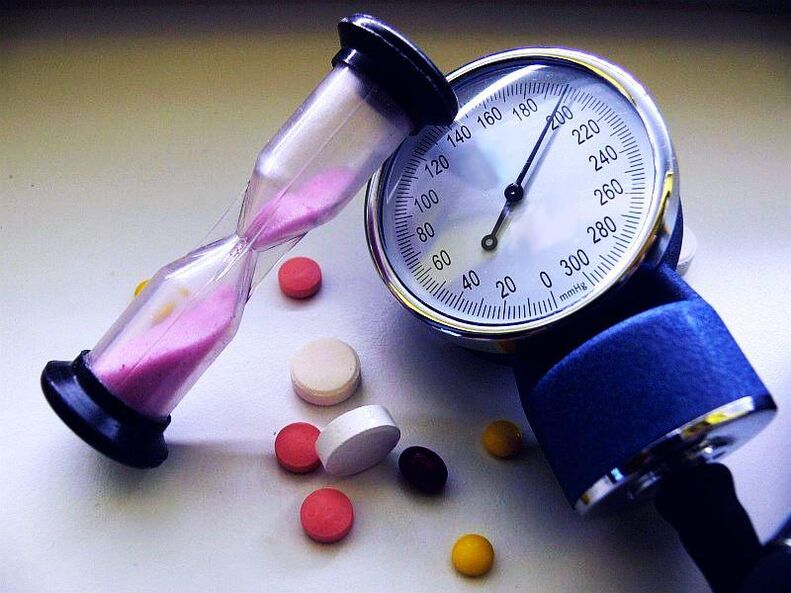
Attention!In the international classification of the tenth review disease (ICD-10), the anorganic arterial hypertension is indicated by Code I10.
Hypertonic disease: definition, description and etiology
About 50% of people have hypertension (GB).About half hypertension does not know what is suffering from the disease.More than 50% of patients with known hypertension are either untreated or ineffective medication.The main cause of adult hypertension patients is brain or heart infarction.
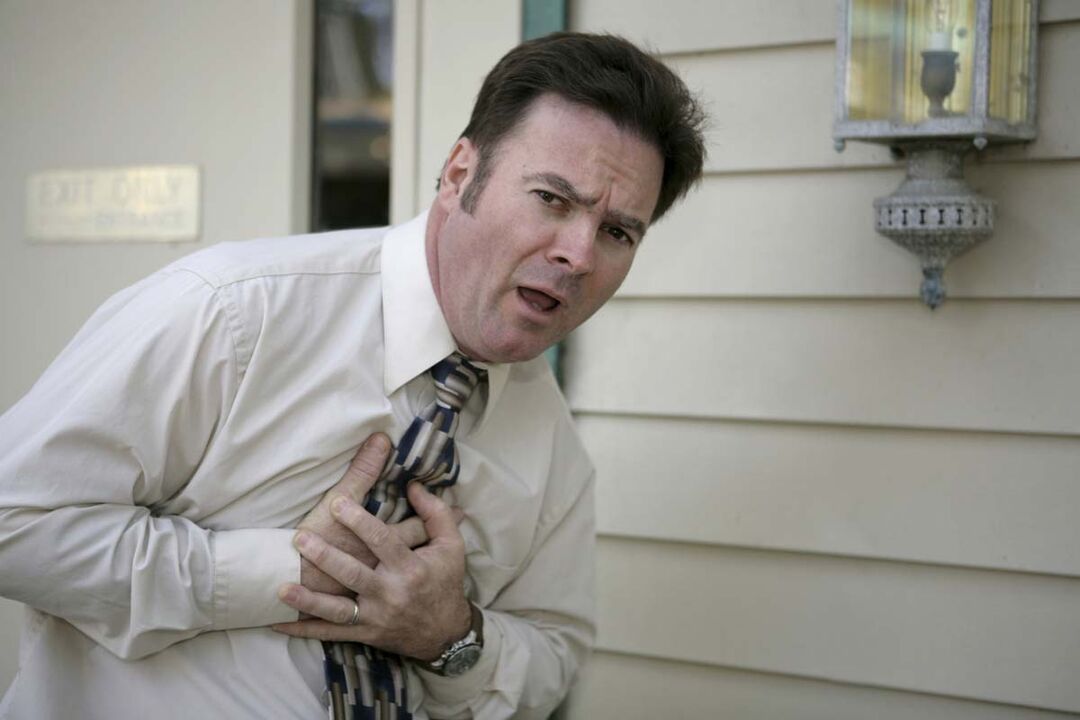
The prevalence of arterial hypertension increases with age and weight.Men at a young age often suffer from women.Women in postmenopause experience hypertension than men.
Arterial hypertension can be divided into primary (important) and secondary (organic).
The majority (> 90%) hypertension has major hypertension, defined as idiopathic.The main hypertension is diagnosed by excluding organic pathology.
Some risk factors can increase the risk of developing disease at an early age.In medicine, the modified and non -modified factors are distinguished.These include:
- Obesity;
- Excess salt, alcohol in the diet;
- Cohabitants smoking (they pose a danger, because patients voluntarily become passive smokers);
- Pressure;
- Hypodynamia (lack of sports in patients' life);
- Smoking;
- Disruption of blood circulation (in small or large circles);
- Old age;
- Low social status.
Secondary hypertension (symptomatic) is caused by other diseases - apnea syndrome in dreams, aortic koarta or aortic sclerosis.Neurogenic, psychogenic and podogenic forms are also known.The final form includes, among others, ovulation and NSAID inhibitors.Drugs and toxic substances, as well as very high use of licorice can lead to secondary hypertension.Kidney hypertension caused by kidney artery stenosis, as well as hyperaldosteronism, pheochromocytoma, kushing disease or hypertension of hypertension belongs to the form of secondary hypertension.
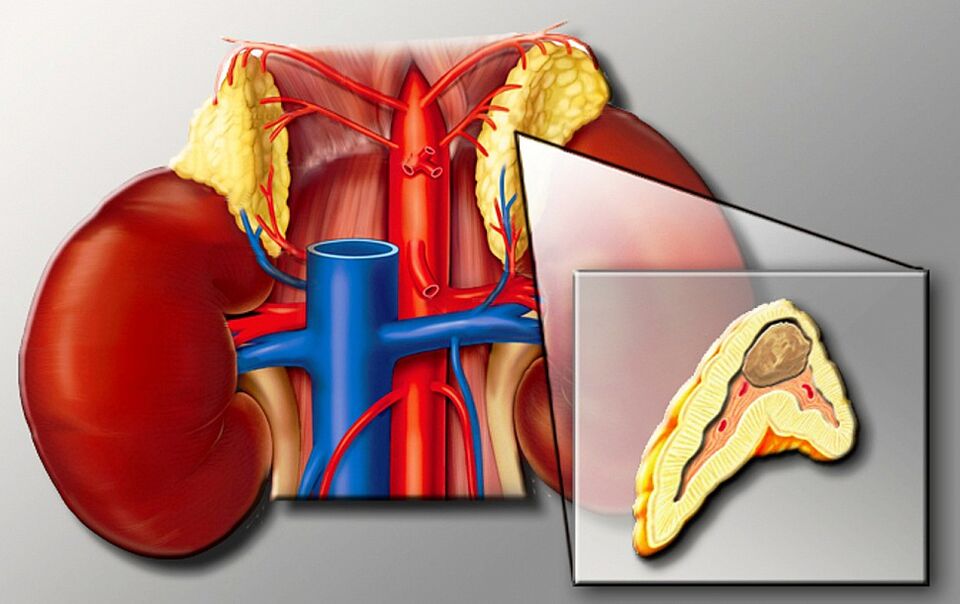
Another type of arterial hypertension occurs with hypertension pregnancy (GEC).Risk factors include high maternal age and multiple pregnancies.Various forms are known, including, for example, pregnancy hypertension with or without proteinuria.
Patophisiology
Arterial hypertension occurs due to increased peripheral resistance, increased cardiac output or second combination.There are several adjustment mechanisms in this process, so blood pressure is always maintained at a higher level.To maintain the heart of the heart, the heart becomes hypertrophied and can withstand constant loads under pressure.
Kidney also plays an important role in the pathogenesis of hypertension.Although the blood flow and glomerular filtration levels remain constant, the excretion of sodium also increases.Influence, for example, the secretion of renin or changing sodium reabsorption at stress, is discussed.
Symptom
Often, the symptoms of arterial hypertension occur late.In most cases, the disease is not asymptomatic.
Hypertension can be characterized by the following symptoms:
- Morning pain in the head;
- Sleep disorders, dizziness;
- Epistaxis;
- Tinnitus;
- Non -specific heart disease;
- Atrial tremors.
In the case of secondary hypertension, the symptoms of basic disease are added.Special forms of hypertension are hidden hypertension (SG) and white robes (SBC) syndrome.
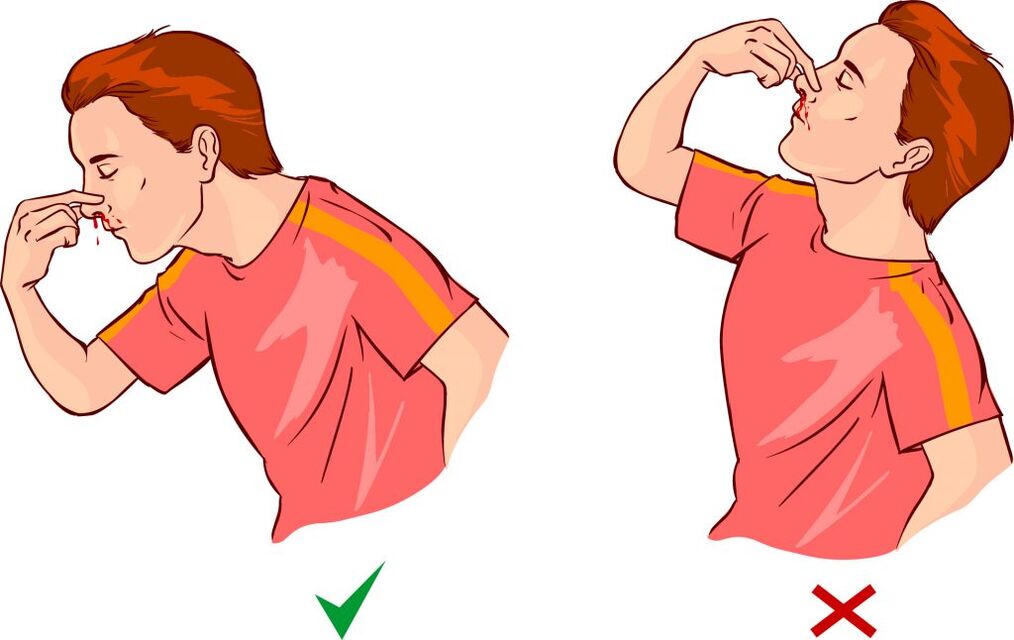
With SBC, blood pressure increases ≥140/90 mm Hg.Art.When measuring in the doctor's office.At home and when monitoring blood pressure, normal blood pressure value is recorded.
With hidden hypertension, the value of blood pressure at the doctor is within the normal range.Home measurement or blood pressure monitoring shows an increase in value ≥140/90 mm Hg.Art.This form can be associated with factors such as male sex and younger age, as well as smoking, alcohol and stress.
With the hypertension crisis, it is necessary to set the right treatment regimen to prevent the pathological process in the organs.Patients with the disease need emergency assistance or take them to their own clinic.Lack of treatment can be a life -threatening life and causes irreversible consequences.The progress of blood pressure can be malignant, which will lead to improper risks.If there are vascular symptoms, it is recommended to see a doctor immediately, as the crisis can lead to lifetime defects.
Classification of hypertension by degree
The level of arterial hypertension is distinguished by the WHO.Increased blood pressure, which occurs, for example, after physical stress, is not considered hypertension.
Unbalanced blood pressure levels at low loads are called Labil hypertension.Hazardous forms of arterial hypertension are associated with diastolic blood pressure exceeding 120 mm Hg.Art., Which decreases less than 10% at night.
Classification of new hypertension (2017) by level and degree: The table is provided below.
| AG level | Systolic pressure in mm Hg.Art. | Diastolic pressure in mm Hg.Art. |
|---|---|---|
| Optimal | <120 | <75 |
| Regular | 120-125 | 75-79 |
| Tall is normal | 126-129 | 80-85 |
| First stage: The beginning of hypertension | 130-150 | 85-99 |
| Level 2: Moderate hypertension | 160-179 | 100-109 |
| Level 3: Severe hypertension | ≥180 | ≥110 |
| Isolated systolic hypertension | ≥130 | <90 |
Classification of arterial hypertension by degree
Hypertension can be classified depending on damage to blood vessels, eyes, heart, kidneys.In line with the WHO suggestions, there are 3 degrees of hypertension.In the first stage, there are no clinical signs of organ damage.In the second stage, the target organs are affected and vessel atherosclerosis is detected.With a third degree, clear cardiovascular complications arise, heart attack and cerebral, temporary ischemic attacks.
Risk stratification with clear arterial hypertension determines the possibility of complications.Depending on the level of arterial hypertension, the risk may vary significantly.
IMPORTANT!Only doctors can determine the correct diagnosis, the risk category, to provide a specific type of recommendation for prevention and treatment.It is not recommended to calculate the risk freely on an unauthorized scale and try to treat the disease.Child and adolescent treatments may be different.Various treatments were selected by doctors based on medical history.
Complication
The problem of arterial hypertension is that it is often not diagnosed for a long time or is not treated well.The absence of symptoms forces the patient not to seek medical help.This leads to complications that often occur in the liver, kidneys, central nervous system and eyes or in the lower vessels.Often, the atherosclerosis mentioned develops.
Liver and deficiency, as well as coronary heart disease, are an important result of heart hypertension.The liver increases to withstand increased load.The result is levo -Ventricular failure.
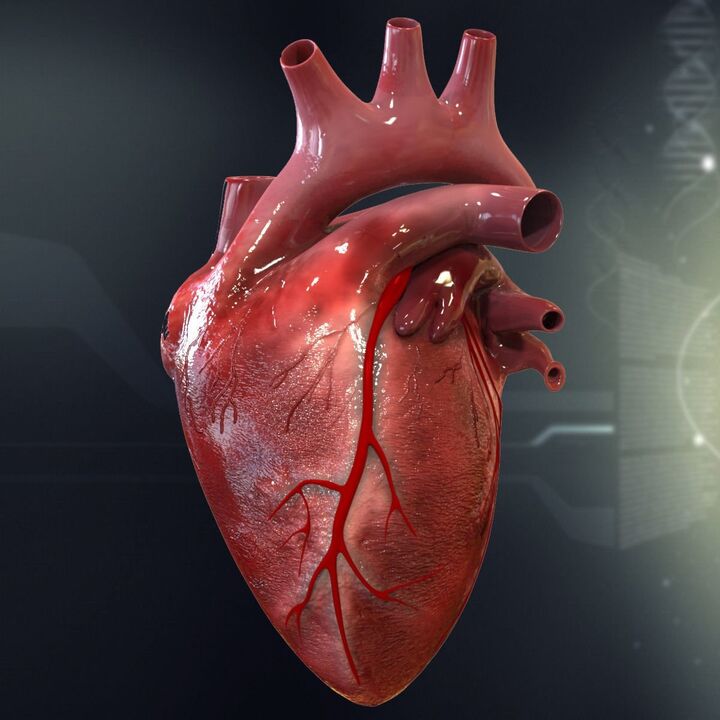
As a result of changes in atherosclerotic in the coronary artery, coronary reserves are so limited to slight increase in cardiac output during pressure can cause angina pectoris, myocardial infarction or sudden coronary death.
Hypertonic nephropathy - kidney damage due to hypertension.It can occur due to endothelial damage.The year of exposure to high blood pressure can cause nephrosclerosis specified by renal failure in the last stage.
AG can cause temporary ischemia (TIA), cerebral heart attack, hypertonic mass bleeding or acute encephalopathy.The risk of stroke can be significantly reduced by antihypertensive therapy.
Hypertonic retinopathy, as a rule, occurs as a result of the spread of atherosclerosis in the retinal blood vessels.Vascular disease caused by hypertension is ozpa, stomach aortic aneurysm and aortic surgery.
Method of treatment
Hypertension treatment begins with non -Drug intervention.The main therapy method is not for the disease:
- Weight loss to 25 units according to BMI;
- Peralihan ke diet garam rendah dari <5-6 g NaCl sehari (disyorkan untuk memilih diet dash);
- Smoking rejection, alcohol;
- Limit the use of caffeine.
It is also needed to limit the use of hypertension drugs in the event of hypertension.Patients are recommended to engage in the end-to-end training type 3-4 times a week swimming, cowardly or biking.
In addition to these general steps, it is necessary to treat diseases that cause secondary hypertension.According to the European Hypertension Association, the target value of blood pressure should be> 140/90 mm Hg.For patients under the age of 80, and> 150/90 mm Hg.- For older patients.
Drug therapy begins with monotherapy with the drug of choice.At the value of the value of normal blood pressure (> 20/10 mm Hg) or the main combination therapy is done with the same disease.
Optional setup:
- Beta-blockers;
- ACE inhibitors;
- Thiazide diuretics;
- AT1 receptor antagonist;
- Long calcium block.
As a double combination, you can use diuretics in combination with beta-blockers, long-acting calcium antagonists, ACE inhibitors or AT1 receptor blockers.
Non-hephydropyridin-type calcium antagonists cannot be prescribed in conjunction with beta-blockers, as they contribute to the development of bradicardia or atrioventricular blockade.
Depending on the same disease, individual medicine cannot be prescribed.Diuretics are recommended for hypertension in combination with heart failure.ACE inhibitors can be used for heart failure, as well as in diabetes nephropathy.With the presence of myocardial deficiency, beta-blockers can also be used.
For the use of individual drugs, factors such as side effects, individual tolerance and interactions with other drugs used by the patient.Triple combinations are also possible if double combinations do not have the desired effect.

















